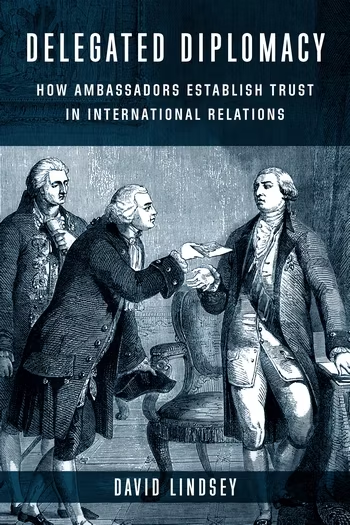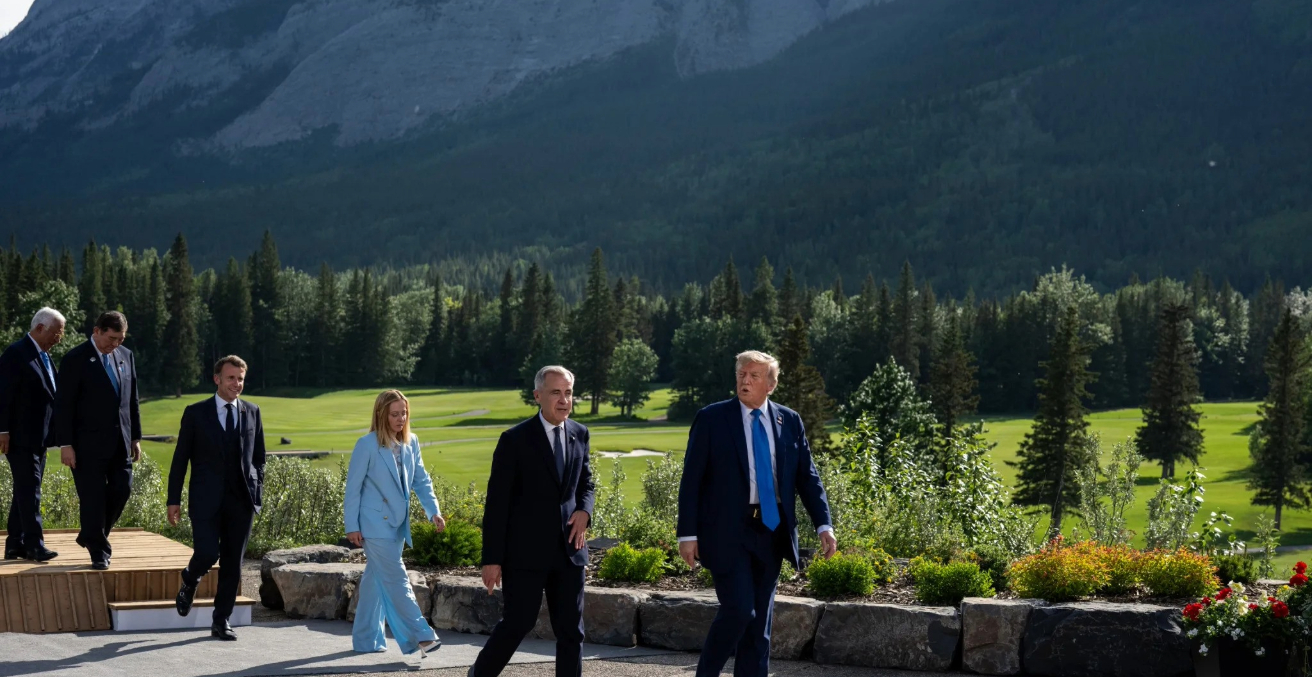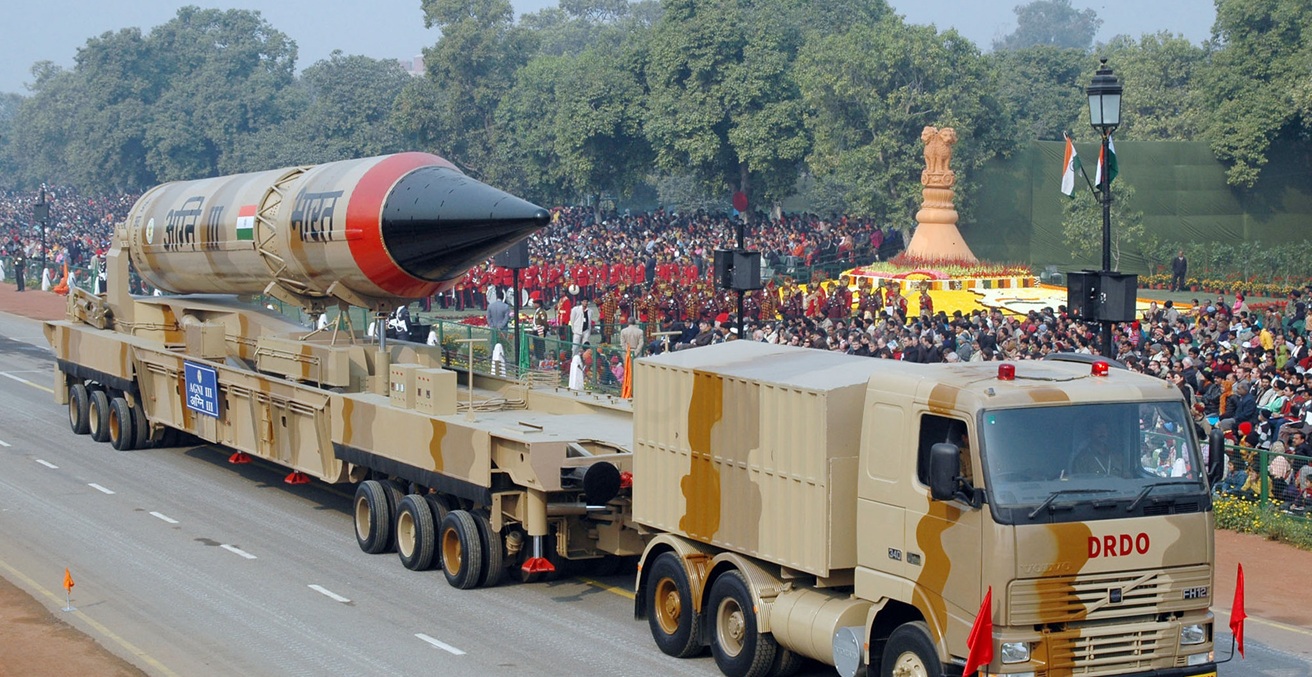The world is entering a new Cold War between the United States and China, requiring a comprehensive, aggressive strategy to counter China’s rising influence, according to the authors. In managing this new strategic reality, the book emphasises innovation, alliances, and vigilance, while raising important questions about the sustainability and endgame of this geopolitical rivalry.
Dmitri Alperovitch is alarmed at the rise of China and the risk that it poses to the United States and the rest of the free world. He wants others to be alarmed, too, and has written World on the Brink to convince Americans in particular that they must wake up to the China threat. Alperovitch argues that the world is living through the beginning phase of Cold War II—a titanic struggle for global mastery between two rival powers, which began sometime around 2014. Like Cold War I, this competition need not end in catastrophe. But it will be a long road to victory for the United States, and steering the world toward peace will require constant vigilance.
Alperovitch is an expert on cybersecurity, a business leader, and philanthropist. He was also a member of President Joe Biden’s Homeland Security Advisory Council, having previously advised the Department of Defense. World on the Brink draws heavily on this varied experience, especially his well-known professional successes in identifying weaknesses in cyber security. But the book goes far beyond outlining the points of conflict that exist between the United States and China in the cyber realm. Alperovitch details a whole-of-society and whole-of-economy approach to mobilising US and allied resources toward the ends of blunting Chinese influence, buoying Western power and influence, and ultimately preserving a world order characterised by peace, stability, prosperity, and relative openness.
In short, Alperovitch’s strategy for countering the authoritarian challenge involves four parts, each of which is given its own chapter: (1) “enable innovation” by expanding and harnessing the awesome power of the US and allied economies, developing smart industrial policies, and imposing tight economic controls on China and its partners; (2) “defend innovation” through strategic rearmament, which will require a reformed and revitalised defence industrial base; (3) forge closer political, economic, technological, and military ties with allied nations and others who are anxious about growing Chinese power; and (4) avoid “distractions” by reducing the size and scope of US commitments in Europe and the Middle East.
Contained within these four buckets are myriad policy proposals, too numerous to list here, ranging from the creation of a “critical minerals club” of non-China-aligned nations to the implementation of permissive immigration policies to safeguards against AI models falling into adversaries’ hands. Some of these recommendations will strike readers as common sense, such as his injunctions to “build more [weapons], faster,” and to pressure partners such as Taiwan to invest more in their defensive capabilities. But Alperovitch is to be commended for weaving such a varied panoply of policy ideas into a coherent, attractive, and practicable set of solutions. His overarching analysis is that the United States and wider Western world possess enormous advantages over authoritarian discontents, and that these power assets can (and must) be marshalled in strategic ways. In this sense, World on the Brink is an optimistic book—one that champions Western innovation, ingenuity, and political institutions.
Alperovitch’s biography is one of the book’s selling points—but it sometimes becomes a weakness. Namely, the book occasionally strays into making implicit appeals to authority as a means of persuasion. For example, there is some name-dropping (references to telephone conversations with Jake Sullivan and other leading political figures), presumably meant to establish Alperovitch’s credentials in the mind of the reader. And of course, the “prediction” that Russia would invade Ukraine is touted as a reason for why his geopolitical analysis should be taken seriously. These rhetorical appeals are not entirely unfair, of course: Alperovitch can rightly be proud of a storied career in the security field, and readers are entitled to value his insider’s perspective. But the book’s least convincing arguments are those rooted in assertion rather than clearly articulated logic and evidence.
Where the book does advance clear arguments, they are compelling. Indeed, World on the Brink has the distinct potential to change how readers think about geopolitics in a few ways. First, Alperovitch carefully explains why governments and private businesses must stop thinking about addressing vulnerabilities as discrete issues and start thinking about tackling threats (e.g., China or North Korea). Only by focusing on the root causes of the West’s vulnerabilities, he argues, can Western leaders find the right strategies to enhance security over the long term. This line of thinking discourages a defensive mindset and encourages a more confrontational, aggressive approach to international affairs. There are good arguments in the International Relations literature against this sort of assertive grand strategy, of course, but Alperovitch is compelling about why a shift in mindset makes sense given current and future geopolitical realities.
Second, Alperovitch makes a convincing case for why China might invade Taiwan in the near future. This pessimistic assessment cuts against the sanguine analyses that currently hold sway in Washington and other Western capitals—but is tightly argued in World on the Brink, forcing readers to take seriously the notion that a war in the Taiwan Strait is a realistic prospect.
Like all ambitious and wide-ranging books, it is possible to poke holes in this one. For example, Alperovitch concedes that the United States cannot be expected to “be the world’s policeman, solve every crisis, and every war” but then—in the next paragraph—extols that America must “focus on one thing: winning.” For him, this means “Winning the peace, winning economic competitions, winning the technological race, winning allies.” But these are obviously expansive ends that do not leave much room for prioritisation (“avoiding distractions,” as Alperovitch puts it). As a result, it is not clear quite how the United States can wage a broad-based, uncompromising defence against China without falling victim to overextension.
It is also unclear what Alperovitch would regard as an acceptable endgame for the United States and its allies. How can Cold War II end? Toward the end of the book, Alperovitch suggests that China might be induced to undergo some set of domestic reforms that would turn it into a more benign entity—although he is clear that this will not happen quickly, if it happens at all, and US policy should not be based on the assumption of China becoming more liberal and democratic. At other times, Alperovitch alludes to a future in which communist China is essentially cowed into accepting a world role that falls short of domination; in other words, that peaceful co-existence between Washington and Beijing might be possible. But Cold War I only ended when the Soviet Union collapsed and disappeared. What, then, makes Cold War II different? Without a more rigorous analysis of Chinese interests and decision-making (outside of the scope of this book), it is impossible to say much about how the world’s most important bilateral relationship can be made more sustainable.
Finally, Alperovitch could have done more to explain his characterisation of Taiwan as “the Berlin of Cold War II.” This is a central feature of the book—the idea that Taiwan will be the fulcrum of geopolitics in the twenty-first century. And to be sure, Alperovitch does an excellent job explaining why Taiwan can be considered important to the West in geopolitical and geoeconomic terms. He is right that the goal of US policymakers must be to convince their Chinese counterparts not to invade Taiwan until such a time as they cannot mount a successful invasion. But Alperovitch does not adequately acknowledge the existence of a rival literature that cautions against inflating the significance of Taiwan (to either China or the United States). Whereas Alperovitch calls for the “same dance with Taiwan that [Harry S.] Truman, [Dwight D. Eisenhower] Eisenhower, and [John F. Kennedy] Kennedy performed at the start of Cold War I with Berlin,” others might push back against inflating the stakes in this way.
Overall, this is a thought-provoking book on the future of the US-China relationship and world order more generally. Alperovitch delves deep into issues of technology, security, military policy, and strategy—and artfully brings these diverse topics together via compelling, readable, and enjoyable prose. It is hard to imagine a reader who will not learn something new. It is similarly difficult to imagine that anyone could be bored by the book. The style is engaging and even engrossing. Those who are prone to have a skeptical view of Chinese foreign policy will come away from the book most enthusiastic, whereas dovish readers will have reasonable reservations about some of the arguments and conclusions. Every fair-minded reader, however, will find something of merit about World on the Brink.
This is a review of Dmitri Alperovitch with Garrett M. Graff’s World On the Brink: How America Can Beat China in the Race for the 21st Century (New York, NY: PublicAffairs, 2024).
Peter Harris is Associate Professor of Political Science at Colorado State University, where his teaching and research focus on US foreign policy and international security. He is also a Non-Resident Fellow with Defense Priorities. His most recent book (co-authored) is Deterrence Gap: Avoiding War in the Taiwan Strait, was recently published by US Army War College Press.
This article is published under a Creative Commons License and may be republished with attribution.




